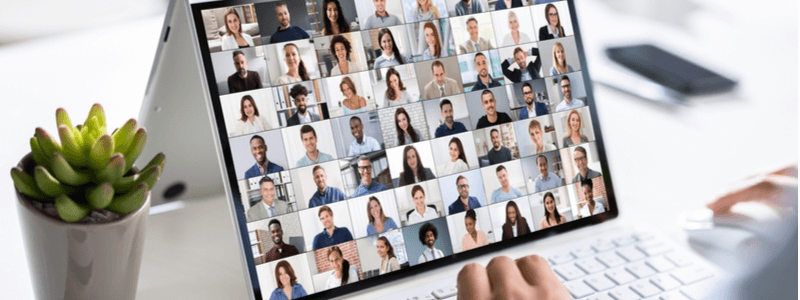Hybrid Events Generate Demand And Deepen Relationships
The course provided a crash course in hosting virtual events for B2B marketing and event teams.
Marketers are shifting to hybrid models that integrate the best elements of virtual and in-person events to build relationships with customers as social distancing rules are relaxed.
In the future, technological companies plan to include more digital components in their physical events.
The most forward-thinking companies — inside and outside this industry — are doubling down on using data to design high-value experiences and to drive engagement not only at individual events but throughout their marketing and event portfolios.
Key Findings
- Although companies continue to invest in events, most are unable to measure ROI. Events help technology firms generate leads and revenue and deepen customer relationships, but most companies struggle to quantify the return that individual events — and their overall portfolio of events — deliver back to the business.
- Technology firms struggle to deliver engaging and profitable virtual events. In-person events offer a unique opportunity to foster relationships. Tech companies also rely on them to generate revenue. Technology leaders struggle to match that level of engagement and financial impact with virtual events.
- Technology firms plan to digitally enable event practices. B2B marketers at tech companies are turning to hybrid events to extend both the reach of their demand generation efforts and the depth of their customer marketing.
The Future of Events is Hybrid
Events are central to building customer relationships and driving revenue — and that’s not changing any time soon. Future technology events will combine the best components of in-person and virtual experiences, creating a hybrid event experience for attendees.
Conclusion
Pandemic risk mitigation required technology marketers and event managers to set aside old habits in event management in favor of new virtual experiences. As a result, these teams learned new, helpful lessons about putting digital elements into action to make physical events more engaging and valuable to attendees.
